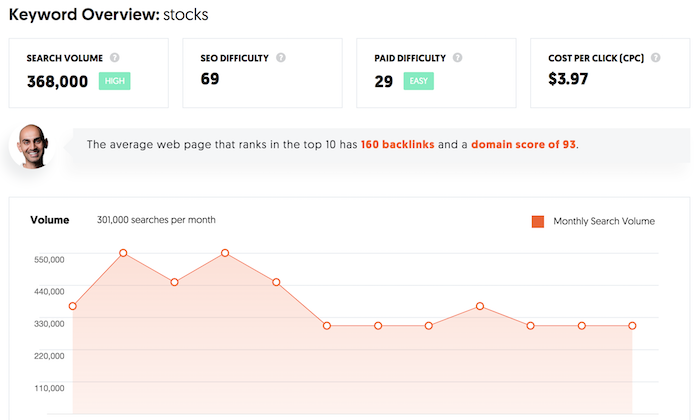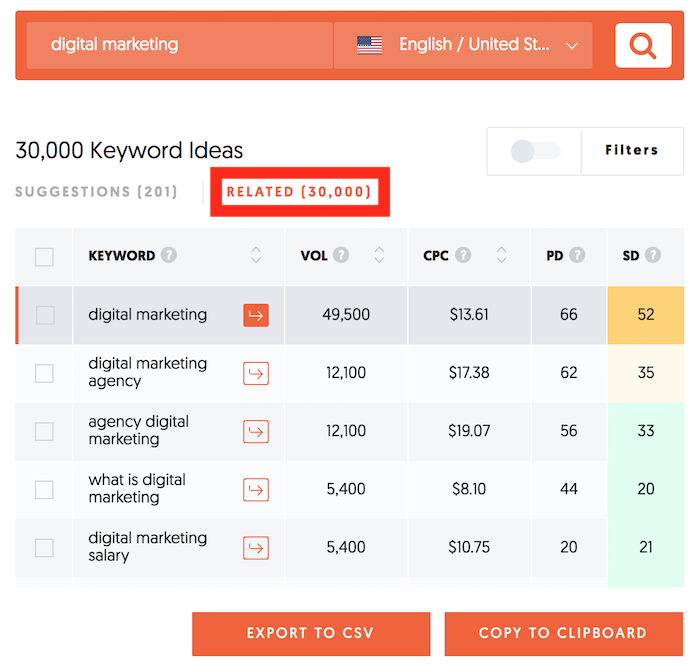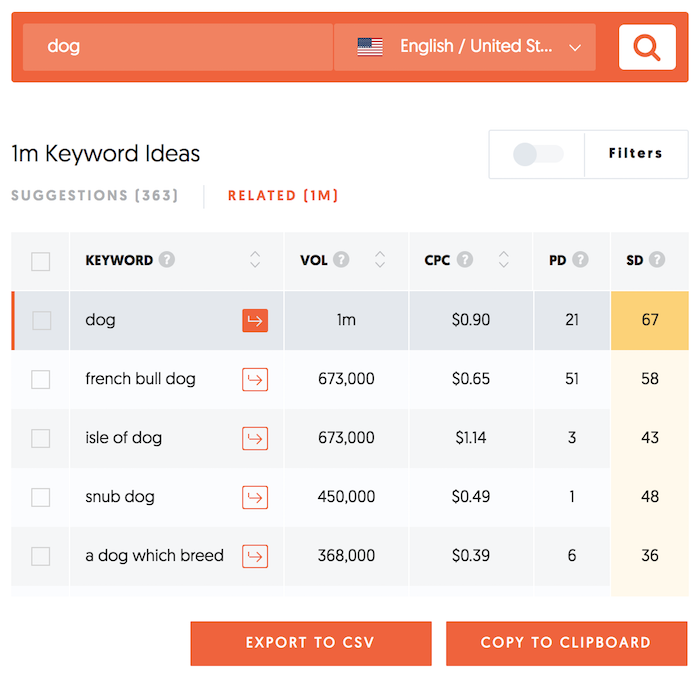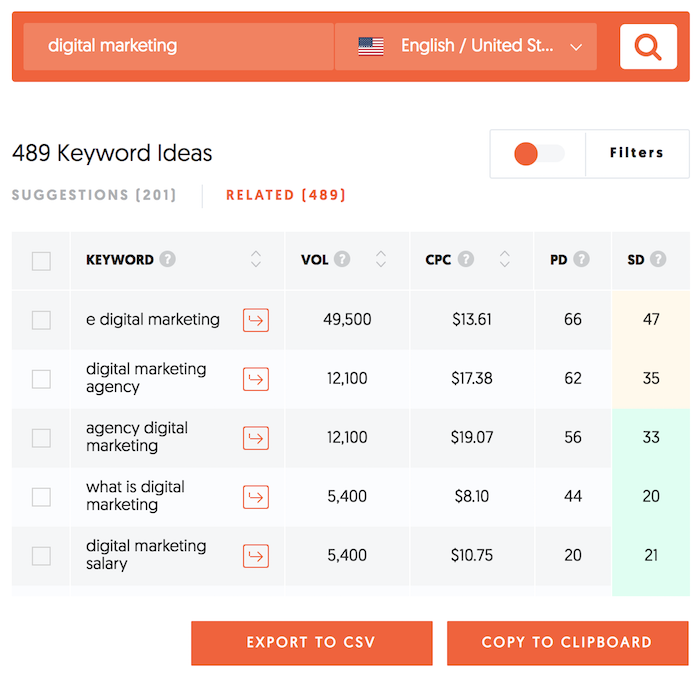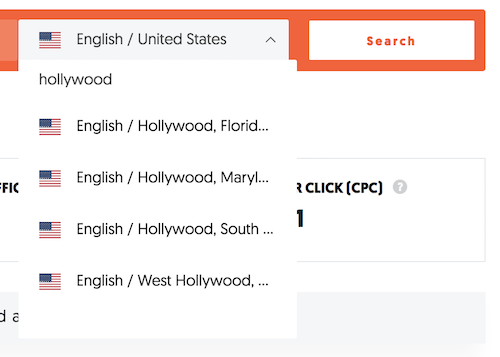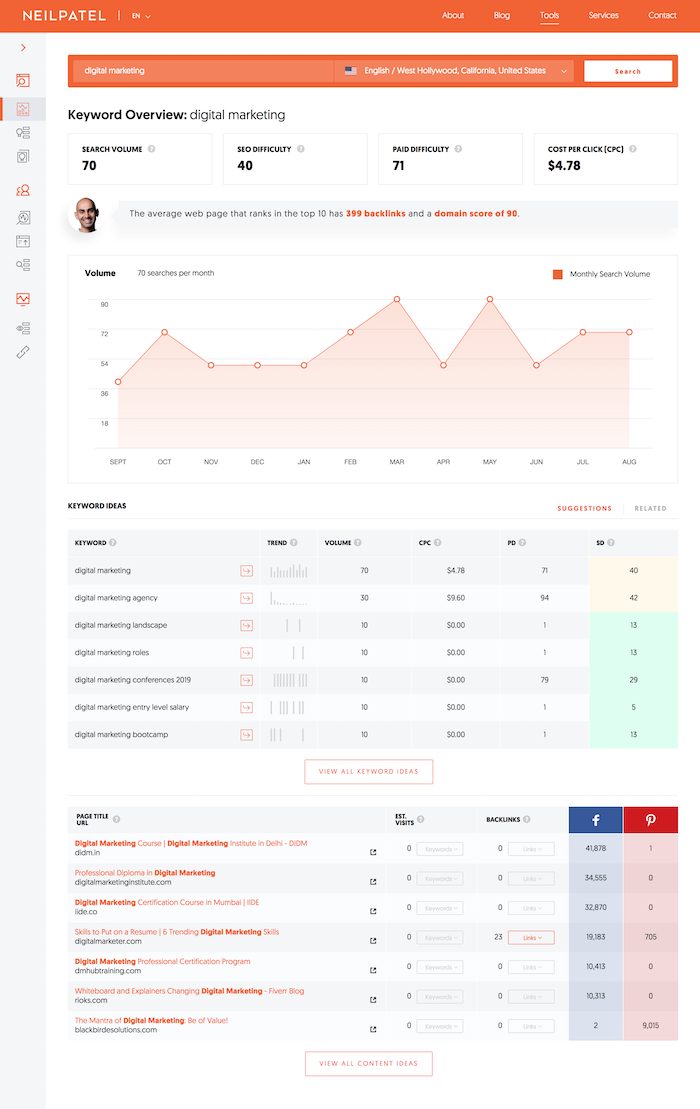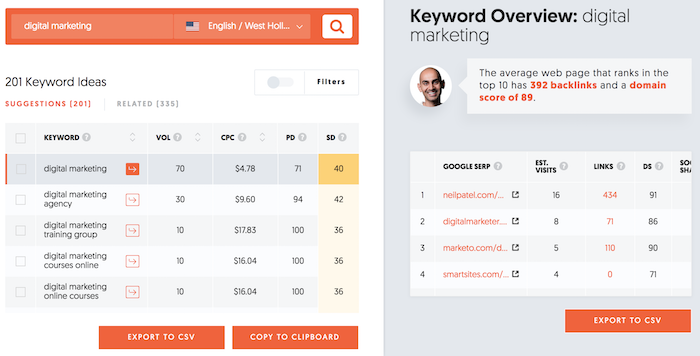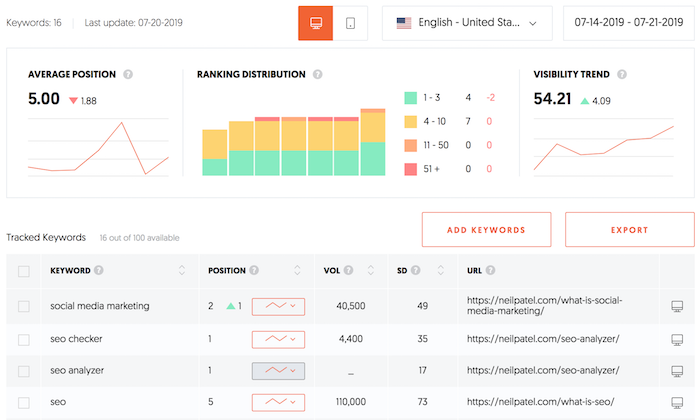Posted by RuthBurrReedy
Ruth Burr Reedy is an SEO and online marketing consultant and speaker and the Vice President of Strategy at UpBuild, a technical marketing agency specializing in SEO, web analytics, and conversion rate optimization. This is the first post in a recurring monthly series and we're excited!
When you’re onboarding a new SEO client who works with a lead generation model, what do you do?
Among the many discovery questions you ask as you try to better understand your client’s business, you probably ask them, “What makes a lead a good lead?” That is, what are the qualities that make a potential customer more likely to convert to sale?
A business that’s given some thought to their ideal customer might send over some audience personas; they might talk about their target audience in more general terms. A product or service offering might be a better fit for companies of a certain size or budget, or be at a price point that requires someone at a senior level (such as a Director, VP, or C-level employee) to sign off, and your client will likely pass that information on to you if they know it. However, it’s not uncommon for these sorts of onboarding conversations to end with the client assuring you: “Just get us the leads. We’ll make the sales.”
Since SEO agencies often don’t have access to our clients’ CRM systems, we’re often using conversion to lead as a core KPI when measuring the success of our campaigns. We know enough to know that it’s not enough to drive traffic to a site; that traffic has to convert to become valuable. Armed with our clients’ assurances that what they really need is more leads, we dive into understanding the types of problems that our client’s product is designed to solve, the types of people who might have those problems, and the types of resources they might search for as they tend to solve those problems. Pretty soon, we’ve fixed the technical problems on our client’s site, helped them create and promote robust resources around their customers’ problems, and are watching the traffic and conversions pour in. Feels pretty good, right?
Unfortunately, this is often the point in a B2B engagement where the wheels start to come off the bus. Looking at the client’s analytics, everything seems great — traffic is up, conversions are also up, the site is rocking and rolling. Talk to the client, though, and you’ll often find that they’re not happy.
“Leads are up, but sales aren’t,” they might say, or “yes, we’re getting more leads, but they’re the wrong leads.” You might even hear that the sales team hates getting leads from SEO, because they don’t convert to sale, or if they do, only for small-dollar deals.
What happened?
At this point, nobody could blame you for becoming frustrated with your client. After all, they specifically said that all they cared about was getting more leads — so why aren’t they happy? Especially when you’re making the phone ring off the hook?
A key to client retention at this stage is to understand things from your client’s perspective — and particularly, from their sales team’s perspective. The important thing to remember is that when your client told you they wanted to focus on lead volume, they weren’t lying to you; it’s just that their needs have changed since having that conversation.
Chances are, your new B2B client didn’t seek out your services because everything was going great for them. When a lead gen company seeks out a new marketing partner, it’s typically because they don’t have enough leads in their pipeline. “Hungry for leads” isn’t a situation any sales team wants to be in: every minute they spend sitting around, waiting for leads to come in is a minute they’re not spending meeting their sales and revenue targets. It’s really stressful, and could even mean their jobs are at stake. So, when they brought you on, is it any wonder their first order of business was “just get us the leads?” Any lead is better than no lead at all.
Now, however, you’ve got a nice little flywheel running, bringing new leads to the sales team’s inbox all the livelong day, and the team has a whole new problem: talking to leads that they perceive as a waste of their time.
A different kind of lead
Lead-gen SEO is often a top-of-funnel play. Up to the point when the client brought you on, the leads coming in were likely mostly from branded and direct traffic — they’re people who already know something about the business, and are closer to being ready to buy. They’re already toward the middle of the sales funnel before they even talk to a salesperson.
SEO, especially for a business with any kind of established brand, is often about driving awareness and discovery. The people who already know about the business know how to get in touch when they’re ready to buy; SEO is designed to get the business in front of people who may not already know that this solution to their problems exists, and hopefully sell it to them.
A fledgling SEO campaign should generate more leads, but it also often means a lower percentage of good leads. It’s common to see conversion rates, both from session to lead and from lead to sale, go down during awareness-building marketing. The bet you’re making here is that you’re driving enough qualified traffic that even as conversion rates go down, your total number of conversions (again, both to lead and to sale) is still going up, as is your total revenue.
So, now you’ve brought in the lead volume that was your initial mandate, but the leads are at a different point in their customer journey, and some of them may not be in a position to buy at all. This can lead to the perception that the sales team is wasting all of their time talking to people who will never buy. Since it takes longer to close a sale than it does to disqualify a lead, the increase in less-qualified leads will become apparent long before a corresponding uptick in sales — and since these leads are earlier in their customer journey, they may take longer to convert to sale than the sales team is used to.
At this stage, you might ask for reports from the client’s CRM, or direct access, so you can better understand what their sales team is seeing. To complicate matters further, though, attribution in most CRMs is kind of terrible. It’s often very rigid; the CRM’s definitions of channels may not match those of Google Analytics, leading to discrepancies in channel numbers; it may not have been set up correctly in the first place; it’s opaque, often relying on “secret sauce” to attribute sales per channel; and it still tends to encourage salespeople to focus on the first or last touch. So, if SEO is driving a lot of traffic that later converts to lead as Direct, the client may not even be aware that SEO is driving those leads.
None of this matters, of course, if the client fires you before you have a chance to show the revenue that SEO is really driving. You need to show that you can drive lead quality from the get-go, so that by the time the client realizes that lead volume alone isn’t what they want, you’re prepared to have that conversation.
Resist the temptation to qualify at the keyword level
When a client is first distressed about lead quality, It’s tempting to do a second round of keyword research and targeting to try to dial in their ideal decision-maker; in fact, they may specifically ask you to do so. Unfortunately, there’s not a great way to do that at the query level. Sure, enterprise-level leads might be searching “enterprise blue widget software,” but it’s difficult to target that term without also targeting “blue widget software,” and there’s no guarantee that your target customers are going to add the “enterprise” qualifier. Instead, use your ideal users’ behaviors on the site to determine which topics, messages, and calls to action resonate with them best — then update site content to better appeal to that target user
Change the onboarding conversation
We’ve already talked about asking clients, “what makes a lead a good lead?” I would argue, though, that a better question is “how do you qualify leads?”
Sit down with as many members of the sales team as you can (since you’re doing this at the beginning of the engagement — before you’re crushing it driving leads, they should have a bit more time to talk to you) and ask how they decide which leads to focus on. If you can, ask to listen in on a sales call or watch over their shoulder as they go through their new leads.
At first, they may talk about how lead qualification depends on a complicated combination of factors. Often, though, the sales team is really making decisions about who’s worth their time based on just one or two factors (usually budget or title, although it might also be something like company size). Try to nail them down on their most important one.
Implement a lead scoring model
There are a bunch of different ways to do this in Google Analytics or Google Tag Manager (Alex from UpBuild has a writeup of our method, here). Essentially, when a prospect submits a lead conversion form, you’ll want to:
- Look for the value of your “most important” lead qualification factor in the form,
- And then fire an Event “scoring” the conversion in Google Analytics as e.g. Hot, Warm, or Cold.
This might look like detecting the value put into an “Annual Revenue” field or drop-down and assigning a score accordingly; or using RegEx to detect when the “Title” field contains Director, Vice President, or CMO and scoring higher. I like to use the same Event Category for all conversions from the same form, so they can all roll up into one Goal in Google Analytics, then using the Action or Label field to track the scoring data. For example, I might have an Event Category of “Lead Form Submit” for all lead form submission Events, then break out the Actions into “Hot Lead — $5000+,” “Warm Lead — $1000–$5000,” etc.
Note: Don’t use this methodology to pass individual lead information back into Google Analytics. Even something like Job Title could be construed as Personally Identifiable Information, a big no-no where Google Analytics is concerned. We’re not trying to track individual leads’ behaviors, here; we’re trying to group conversions into ranges.
How to use scored leads
Drive the conversation around sales lifecycle. The bigger the company and the higher the budget, the more time and touches it will take before they’re ready to even talk to you. This means that with a new campaign, you’ll typically see Cold leads coming in first, then Hot and Warm trickling in overtime. Capturing this data allows you to set an agreed-upon time in the future when you and the client can discuss whether this is working, instead of cutting off campaigns/strategies before they have a chance to perform (it will also allow you to correctly set Campaign time-out in GA to reflect the full customer journey).
Allocate spend. How do your sales team’s favorite leads tend to get to the site? Does a well-timed PPC or display ad after their initial visit drive them back to make a purchase? Understanding the channels your best leads use to find and return to the site will help your client spend smarter.
Create better-targeted content. Many businesses with successful blogs will have a post or two that drives a great deal of traffic, but almost no qualified leads. Understanding where your traffic goals don’t align with your conversion goals will keep you from wasting time creating content that ranks, but won’t make money.
Build better links. The best links don’t just drive “link equity,” whatever that even means anymore — they drive referral traffic. What kinds of websites drive lots of high-scoring leads, and where else can you get those high-quality referrals?
Optimize for on-page conversion. How do your best-scoring leads use the site? Where are the points in the customer journey where they drop off, and how can you best remove friction and add nurturing? Looking at how your Cold leads use the site will also be valuable — where are the points on-site where you can give them information to let them know they’re not a fit before they convert?
The earlier in the engagement you start collecting this information, the better equipped you’ll be to have the conversation about lead quality when it rears its ugly head.
Sign up for The Moz Top 10, a semimonthly mailer updating you on the top ten hottest pieces of SEO news, tips, and rad links uncovered by the Moz team. Think of it as your exclusive digest of stuff you don't have time to hunt down but want to read!
 * This article was originally published here
* This article was originally published here
